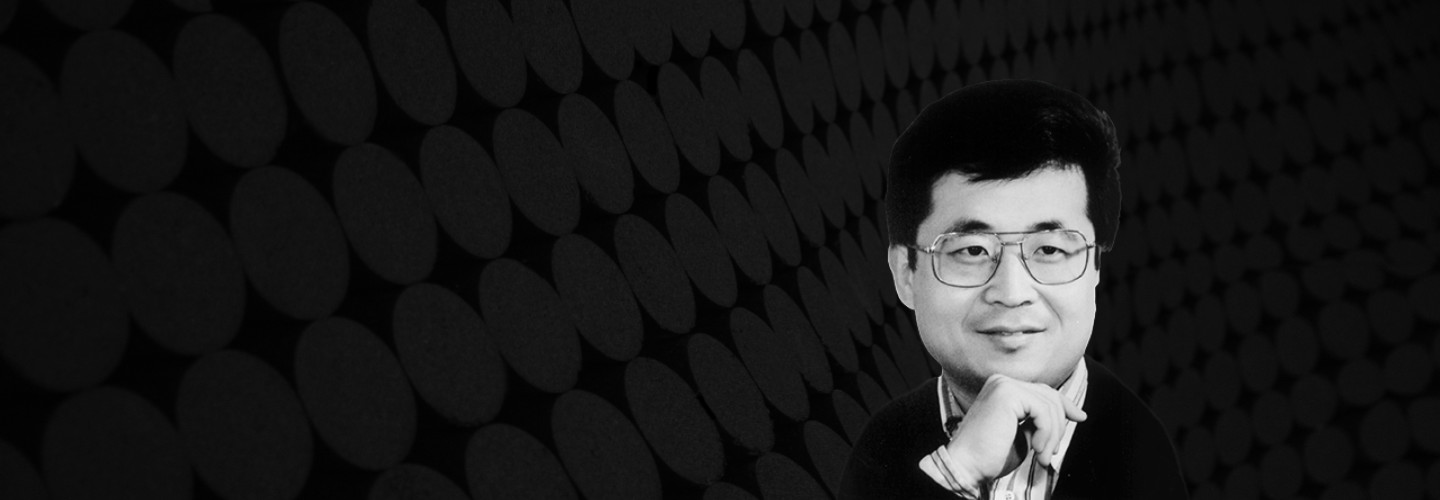

Julian Yu
Philopentatonia
Short instrumentation: 2 1 1 0 - 1 1 1 0 - perc, hp, pno(cel), str(1 1 1 1 1)
Duration: 12'
Instrumentation details:
piccolo
flute (+picc)
oboe
clarinet in Bb
horn in F
trumpet in C
trombone
percussion
harp
piano (+cel)
violin I(1)
violin II(1)
viola(1)
violoncello(1)
contrabass(1)
Yu - Philopentatonia for chamber orchestra
Printed/Digital
Translation, reprints and more

Julian Yu
Yu: Philopentatonia - op. 32Orchestration: für Kammerorchester
Type: Dirigierpartitur

Julian Yu
Yu: Philopentatonia for Chamber Orchestra - op. 32Orchestration: for Chamber Orchestra
Type: Studienpartitur (Sonderanfertigung)
Sample pages
Audio preview
Work introduction
When planning a new work, Yuu usually draws initial inspiration either from his own improvisation, or from an idea about how to ornament a pre-existing work. Pieces based on original improvisation include Impromptu, The Magic Bamboo Flute and Hsiang-Wen (Filigree Clouds), while obvious examples of ornamentation include his many compositions based on works by J. S. Bach (such as Great Ornamented Fuga Canonica and Reclaimed Prefu). Philopentatonia contains elements of both but relies chiefly on the former process.
The main part of Philopentatonia consists of one- or two-voice ornamentation around a very simple pentatonic line (hence the title). The composer wrote a lot of tonal music with pentatonic characteristics while he was in China, but after he studied abroad and then migrated to Australia he turned more to Western contemporary music and spent his time exploring how to inherit his musical tradition in different ways. Most of his works written within the last ten years reveal very little perceptible Asian influence. Now, from a more distant standpoint, he is rediscovering the delights of pentatonia. "In this piece I tried to examine from a different angle pentatonic expression in the contemporary musical idiom, to show the pentatonic character in a new light. It’s not the raw material that counts, but what you do with it", he says.
One can never be quite sure what a work of these dimensions will sound like until it is performed. Julian Yu maintains that the ear often lags behind the eye and general creative intuition, but if a composer can be brave and not be limited by known sounds and styles, his composition may reveal new and beautiful worlds of sound.
M. Gray
